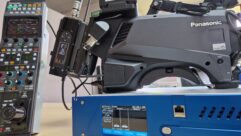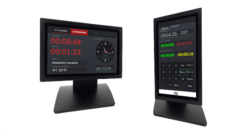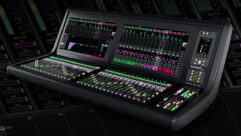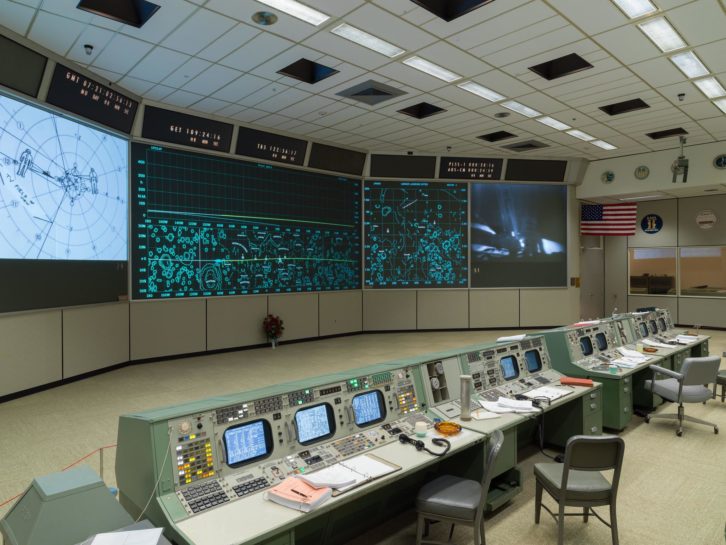
How do you restore the ambience of a historic location when the original artifacts live on only in memory and pictures? The designers of a meticulous restoration of the Apollo Mission control room at Johnson Space Center in Houston, Texas had to factor that challenge. Almost exactly 50 years after the historic moon landing, the decommissioned room – known as MOCR 2 – has been recreated meticulously back to its 1969 state, complete with restored communication consoles, furniture, wallpaper, ceiling tiles, even the coat racks and hangers, and the slide rules, mugs, ashtrays scattered about at various workstations. Artifacts were painstakingly researched and then gathered from former NASA staffers and even eBay; the iconic mint green consoles, the wallpaper, paint, carpets, and ceiling were sourced back to original manufacturers who were able to reproduce them. Steelcase reached into their archives and commissioned a weaver to recreate the upholstery of the original chairs.
But what of the displays that connected Neil Armstrong, Buzz Aldrin, and Michael Coillins, and the rest of a 400,000 team? Six Christie DHD630-GS Series laser projectors, four Christie D13HD-HS Series laser projectors and a Christie Crimson HD25 laser projector were used to recreate a sense these historic displays.
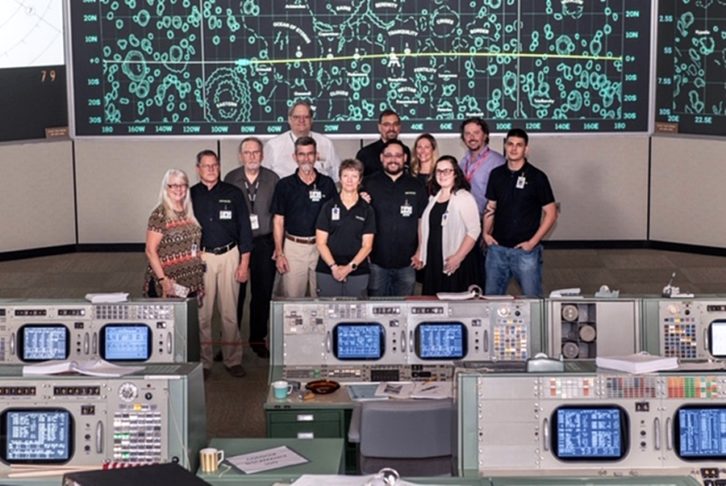
The Crimson HD25 projector – operating at 60 percent brightness – is projected onto a new Stewart mirror. The system creates a 10 by 20 foot display, replacing the original display setup, which had been discarded. Four D13HD-HS laser projectors use the original historic mirror to recreate the other large screens to each side of the main screen. Six DHD599-GS laser projectors are used to recreate the iconic clock/timer screens above the main displays and the channel numbers below the main screens since the original mechanical displays were disposed of long ago.
The Apollo Mission Control room had been essentially abandoned in the 1990s, after years of hard work and various reconfigurations to support various NASA projects. The forensics of the recreation reflect a NASA-level of detail and were supported in part by the recent discovery of the film footage that became last year’s documentary Apollo 11.
The six-year labor of love was led by Johnson Space Center’s historic preservation officer Sandra Tetley in collaboration with many people and companies including George L. Weisinger of the Audio Video Guys, architectural firm Stern and Bucek, and Cosmosphere – a space museum and STEM education center in Hutchinson, Kansas.




